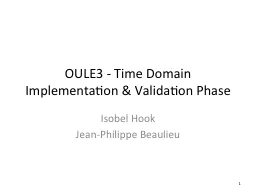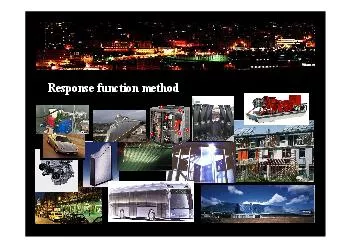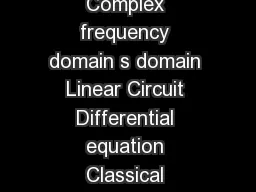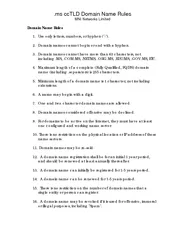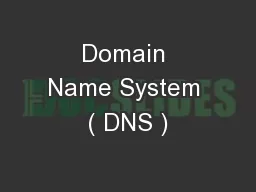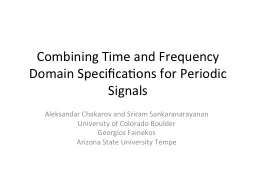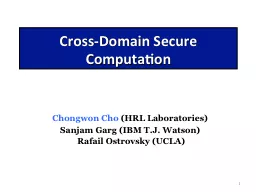PPT-OULE3 - Time Domain
Author : alexa-scheidler | Published Date : 2016-10-13
Implementation amp Validation Phase Isobel Hook JeanPhilippe Beaulieu 1 Euclids timedomain data Euclids deep fields will be observed several times Of order 40
Presentation Embed Code
Download Presentation
Download Presentation The PPT/PDF document "OULE3 - Time Domain" is the property of its rightful owner. Permission is granted to download and print the materials on this website for personal, non-commercial use only, and to display it on your personal computer provided you do not modify the materials and that you retain all copyright notices contained in the materials. By downloading content from our website, you accept the terms of this agreement.
OULE3 - Time Domain: Transcript
Download Rules Of Document
"OULE3 - Time Domain"The content belongs to its owner. You may download and print it for personal use, without modification, and keep all copyright notices. By downloading, you agree to these terms.
Related Documents

